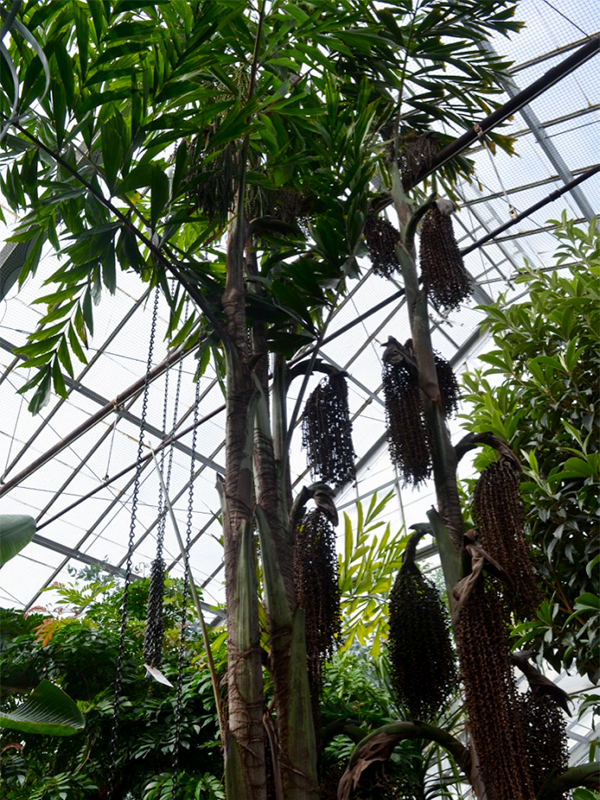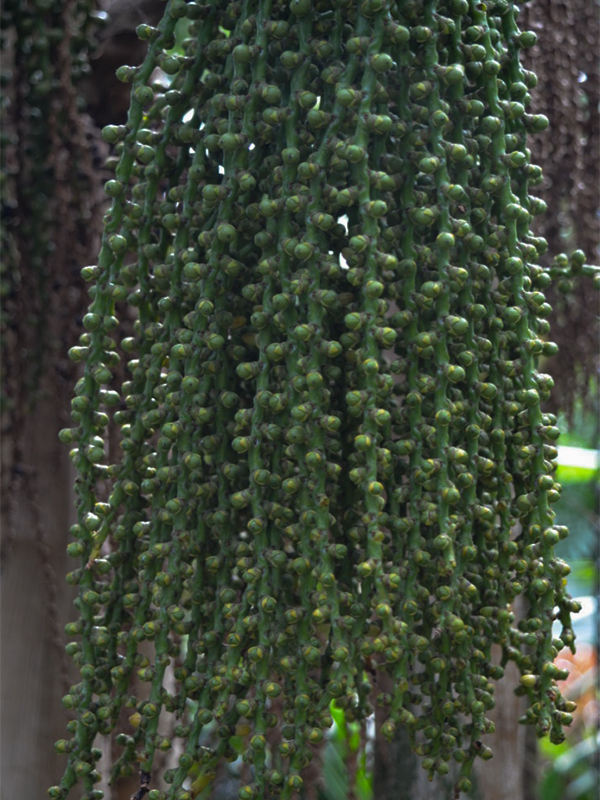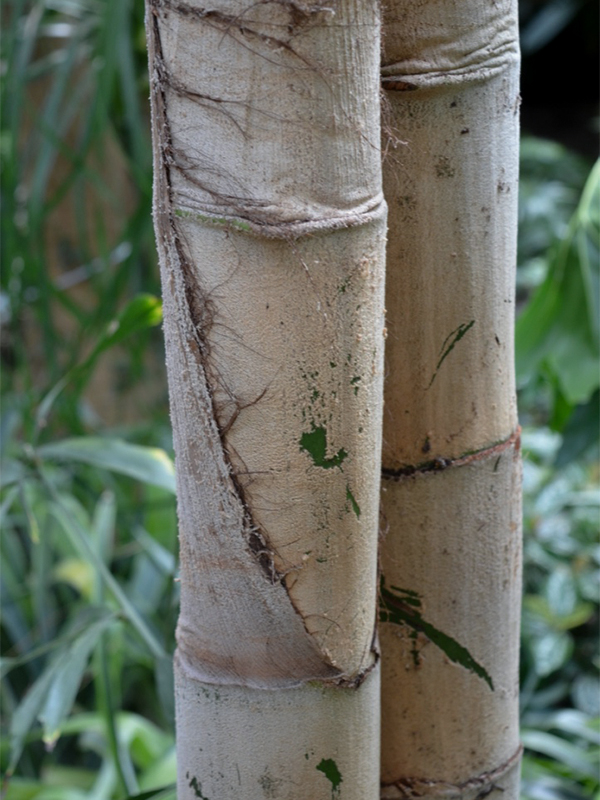
Tropicals > Caryota > Caryota mitis > Caryota mitis
Caryota mitis
Clustering Fishtail Palm, Burmese Fishtail Palm, Fish Tail, Fishtail, Fishtail Palm, Miniature Fishtail Palm, Clumping Fishtail Palm, Tufted Fishtail Palm
Origin: Southeast Asia.
| Family |
| Arecaceae |
| Genus |
| Caryota |
| Species |
| mitis |
| Category |
| Tropicals |
| Type |
| Tree (evergreen) |
| Synonyms |
| Caryota furfuracea, Caryota griffithii, Caryota griffithii var. selebica, Caryota javanica, Caryota nana, Caryota propinqua, Caryota sobolifera, Caryota sobolifera, Caryota speciosa, Drymophloeus zippellii, Thuessinkia speciosa |
| USDA Hardiness Zone |
| 9b - 10 |
| Canadian Hardiness Zone |
| Requires cold season protection under glass. |
| RHS Hardiness Zone |
| H2 - H3 |
| Temperature (°C) |
| -5 - 5 |
| Temperature (°F) |
| 23 - 41 |
| Height |
| 2.5 m |
| Spread |
| 1.5 m |
Photographs
Description and Growing Information
Flowering Period
| General Description |
| Short lived palm, best suited for an indoor houseplant or as an accent in tropical landscapes. |
| Cultivation |
| Must be protected from wind. Grows best in full but indirect sun, in thoroughly moist soil and high humidity. Fertilize once a month and do not let plant sit in water. |
| Growth |
| Slow |
| Pests |
| Spider mites and pseudomonas disease. |
| Habitat |
| Grows as an understory plant in tropical rain forests. |
| Bark/Stem Description |
| Stems are clustered. |
| Leaf Description |
| 6 - 8 bipinnate fronds that grow up to 90 cm wide, with pinnules that are fishtail-shaped. Leaflets grow close together in clusters of 20-30. |
| Flower Description |
| Flowers and fruits aren’t produced when grown indoors. |
| Colour Description |
| Foliage is green, leaf stalks are grey-green and the fruit is red. |
| Notable Specimens |
| Centennial Conservatory, Thunder Bay, Ontario, Canada. |
| Propagation |
| Plant seeds in spring, seeds take 4-6 months to germinate. Can also be propagated by basal growth and offsets. |
| Ethnobotanical Uses (Disclaimer) |
| Avoid contact with the fruit, it contains oxalic acid which is toxic when ingested and contact with the skin may result in severe chemical burns. All parts of the plant contain various alkaloids. Pulp of mature fruit contains calcium oxalate crystals. Fibrous hairs of the leaf stalk produce skin irritation. |


